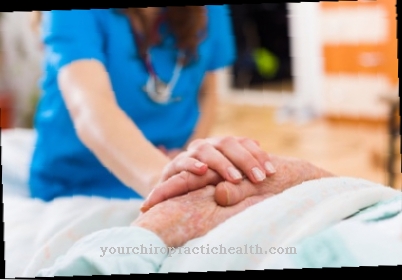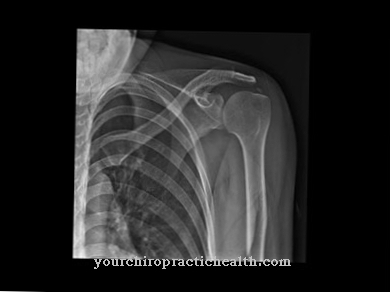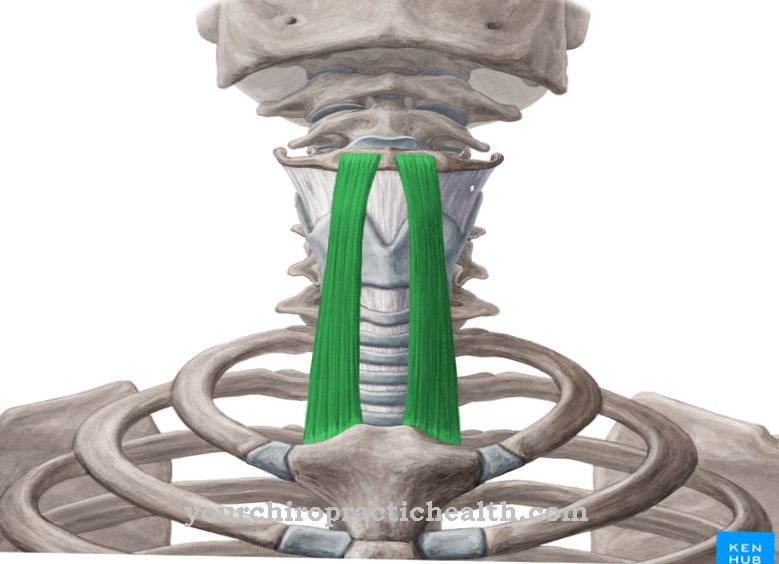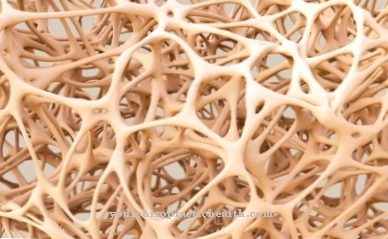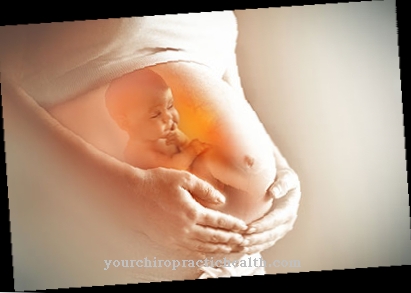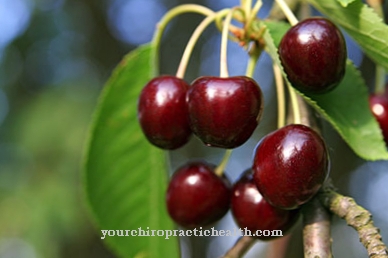The more multicellular the organism of a living being, the more complicated its blood circulation or cardiovascular system. In primitive multicellular organisms, a simple canal system is sufficient, which represents both the intestine and the circulation. But even the earthworm has a primitively developed circulatory system. From stage of development to stage of development it became more complicated and reached its highest form in the highly developed mammals, just as man is one.
Evolution of the metabolic cycle

As is well known, life is linked to metabolic processes in cells. No living being - whether composed of one or a large number of cells - can exist without the uptake of nutrients and the release of metabolic products. They represent the essential part of the unity between the organism and the environment. Single-celled organisms that exist in water take their "food" directly from the environment, from the water, and release their metabolic degradation products into the water. Both only need to pass through the cell membrane in both directions.
But also every single cell of a cell group or a complex multicellular organism is subject to the same principles with regard to its metabolism as the single cell. It also gets its food from its environment, the extracellular space, and releases its breakdown products there again. But the fluid from which such a cell gets its nourishment is not water like the sea or sea water, but the body fluid, which, formed over millions of years, is very precisely adapted to the respective living being and its living conditions and has to be constantly renewed.
This necessity gave rise to the so-called cycle, which is the indispensable prerequisite for the metabolism of every single cell in a more highly organized living being.It transports vital substances - oxygen and other nutrients - to every single cell and brings their metabolic products to where they are processed or excreted.
Structure & function of the circulatory system
Which basic processes can the cycle be traced back to? In order to be able to answer this question, we have to start from the lower animal species. If we imagine that multicellular organisms emerged from the division of individual cells, which, however, did not completely separate from one another, then we understand that primitive multicellular organisms only need a channel system into which the liquid penetrates from the outside and the nutrients it contains brings into direct contact with the cells. In such living beings, the intestine and circulatory system are identical; the primitive swallowing reflex always transports new, nutrient-rich water into the canal system. In the course of development, the gastrovascular (gastrum - stomach, vasculum - vessel) system emerged, in which channels extend from the stomach, into which the "swallowed" water flows and reaches the cells.
The nutrients present in the water penetrate into the interior of the organism via a swallowing reflex and from there are brought to the individual cells via a canal system. We all know that combustion is a major element of metabolism inside cells and that without oxygen there is no combustion. The larger and more multicellular the organism became, the greater the need for oxygen. As a result, special cells developed near the upper body opening, where the swallowing reflex pumped the water into the intestines, which took up the oxygen from the water and passed it on to the body. At about the same time as this differentiation process, the canal system that used to be connected to the intestine developed into an independent system.
The special body juice present here - the so-called hemolymph - could only get nutrients that had been filtered through intestinal wall cells. So it came about:
1. the external metabolism with its two components, the uptake of oxygen and the uptake of food, with their processing within the intestine into water-soluble compounds that can be absorbed by the intestinal cells,
2. the internal metabolismwhich is based on the supply of oxygen and other nutrients that are transported to each individual cell with the help of the hemolymph.
The vascular system, through which such specific fluids reach the cells, is an open system in the lower stages of development and changes into fluid spaces from which the cells are supplied with nutrients. Only at a higher level of development did it develop into a closed system. The circular movement of the body fluid in such animal species is triggered by the swallowing reflex of the upper body opening, which, with the rhythm with which it pumps the water into the intestine, also rhythmically keeps the fluid in all other canal systems in motion.
This rhythm became the occasion for a stronger remodeling of particularly stimulus-sensitive cells, which initially transferred the movement initiated in the throat part with the act of swallowing to deeper sections of the intestinal tube and the vascular systems and later found their own rhythm, coordinated by nerve connections. (This explains that the bowel and vascular system are kept functioning by the same part of the nervous system, the so-called vegetative nervous system.)
Function & development of the blood in the cardiovascular system
Now it is no longer difficult to understand why fish - even when they are not ingesting food, always move their mouth and their gills at the same time, because the cells that take in the oxygen from the water and transfer it to it are concentrated in the gills Pass on blood. Here we have to mention the word "blood" for the first time, because where previously only nutrient-saturated hemolymph circled, at this stage of development the blood, made up of numerous individual cells, water, and dissolved protein and salt substances, is already moving. The step up to this point is relatively easy to understand if you consider that the cell aggregates that were far from the gills also had to be supplied with oxygen. This made the development of cells necessary, whose only function is to transport oxygen.
These cells circulate in the blood fluid, fill with oxygen every time they pass through the gills and carry it to the most distant parts of the body. In the course of further development, the rhythm transferred from the swallowing reflex to the vascular system was no longer sufficient to guarantee the organism's need for nutrients and oxygen. Gradually a central "blood pumping station" developed, the heart, in the middle of the circulatory system, where the blood movement put the greatest strain on the vessel walls and the constant rhythm ultimately produced cells "qualified" for rhythm.
It is well known that all these stages of development originated in animals that lived in water. That would not have been possible in the country. But after the intestine and vascular system were separated, after the gill system, the cell-containing blood and the heart had arisen, the gills "only" needed to transform themselves into the lungs by getting used to taking oxygen from the air instead of the water, and one necessary condition for the existence of living things on the land was already given: the external metabolism.
For the second part of the external metabolism, it had to be possible to occasionally absorb fluid into the intestine. In addition, certain glands (salivary glands) were required to mix solid foods with liquid so that nutrients dissolved in the water could continue to pass through the intestinal wall and from there into the blood. Everyone already knows from school that the heart is divided into certain chambers, one of which (on the right) the oxygen-poor blood from the body into the lungs, the other (left) the blood that is newly oxygenated in the lungs pump into the body periphery.
From the intestine, partly with the portal vein via the liver and partly via a special lymphatic system, the actual nutrients enter the blood before the heart. The cardiovascular system thus has an important auxiliary function in maintaining life. The absorbed oxygen or the nutrients that have entered the blood via the intestinal canal reach the periphery, the smallest blood vessels, from where the supply of each individual body cell takes place after the substances mentioned leave the bloodstream and complicated exchange processes have taken place.
Importance of oxygen in the cardiovascular system
From our overview of the development history of the heart and circulatory function, it can be deduced that the circulatory system in a multicellular organism arose from the metabolism of every cell. Once we have understood this, we will also understand the measures that are necessary to keep the cycle in order - as far as possible. Before doing this, a few facts need to be mentioned. The rhythm has already been mentioned, which is mutually coordinated and maintained by nerve cells and their connections to one another and by the power of muscle cells. However, like the performance of every cell, it is dependent on the metabolism - i.e. it requires the supply of oxygen and other nutrients.
Accordingly, all organs with their individual cells must be supplied with blood to maintain their vital activity, including the brain. The brain in particular reacts very sensitively to a lack of oxygen: so-called fainting or unconsciousness is usually based on it. But this is exactly how the lack of oxygen in the coordinating centers of the brain can disrupt the coordination of the functions of individual organs. Such regulations also affect the system of the glands with internal secretion, on whose products (hormones) a regulated activity of the other organ functions depends.
The heart muscle also needs a particularly abundant blood flow, as it has to keep the blood moving day and night without interruption. It is supplied by the coronary arteries. Their closure by calcification foci and blood clots or their constriction by prolonged vascular cramps are therefore of great importance for human life and represent the organic basis for a number of heart problems. We see that the maintenance of a healthy life process the regularity of an immense amount of interdependent Operations required.
Prevention of cardiovascular diseases
How can we - even if we do not know all of these processes - still contribute to keeping our circulation in order? The animals know nothing about their circulatory system, for example, and yet they do not die prematurely from cardiac or circulatory disorders - provided they live in the wild. The search for food and water and their environmental activity protect them from such diseases. Your muscles need to move; their metabolism is thereby put under greater strain, and at the same time the blood is driven towards the men.
But they will never - unless they are seduced by humans - eat more than their hunger allows. People, on the other hand, have largely made their life process easier. The driving options save them walking. They like to eat, often far too much, and find it pleasant to rest afterwards. But the human cycle needs just as much muscle movement as that of the animal. For example, if physical work is done that causes increased muscle activity, various processes interlock to bring more blood to the organs that are active. An active organ is always supplied with more blood than an inactive one.
With a lower load, a shift in the amount of blood circulating is sufficient. If, however, heavy muscle work is carried out that affects large muscle areas, the blood supply is increased by emptying the so-called blood stores. The heart works harder to "pump" the larger amount of circulating blood through the body. This means that it meets the increased requirements. But also from the central nervous system, at the same time as the changed motor activity, the muscle work, the blood vessels that supply the muscles are influenced. This facilitates the blood supply to this highly stressed area.
In addition, the metabolic products produced by the increased muscle activity intervene in the cardiovascular system in a regulating manner. Breathing is also significantly increased because it also has to adapt to the new conditions.
In other words: Physical work or sport and movement also trains the human circulatory system. But other factors can also change the cardiovascular activity, for example positive or negative emotions via the central nervous system. Joy and expectation make the heart beat faster; Anger, fear and constant conflict can negatively affect the heart's activity. General physical training, as can be achieved by doing several types of sport, has a positive effect on the entire organism and thus on cardiovascular activity. The education to enjoy sport and exercise and everything beautiful makes the life of the individual richer in positive emotions.
Good knowledge, successful work, trust in each other and mutual respect reduce fear, anger and conflict. Thus, in our time and our social order, which gives him sufficient opportunities for education and sport as well as for professional success, people have numerous opportunities with their life, their habits and the demands that they place on their organism in physical and psychological terms, to protect one's circulation from damage. The great adaptability of the human organism also allows those who have suffered circulatory damage due to illnesses or harmful lifestyle habits to regain their health if the person concerned gradually places increasing demands on his circulatory system by changing his lifestyle.

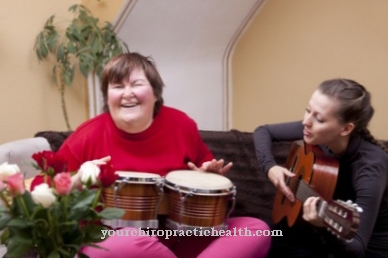
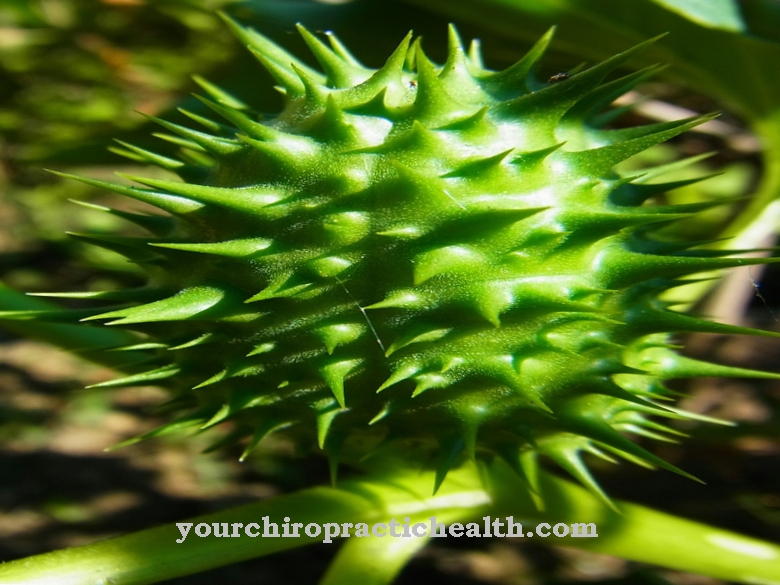


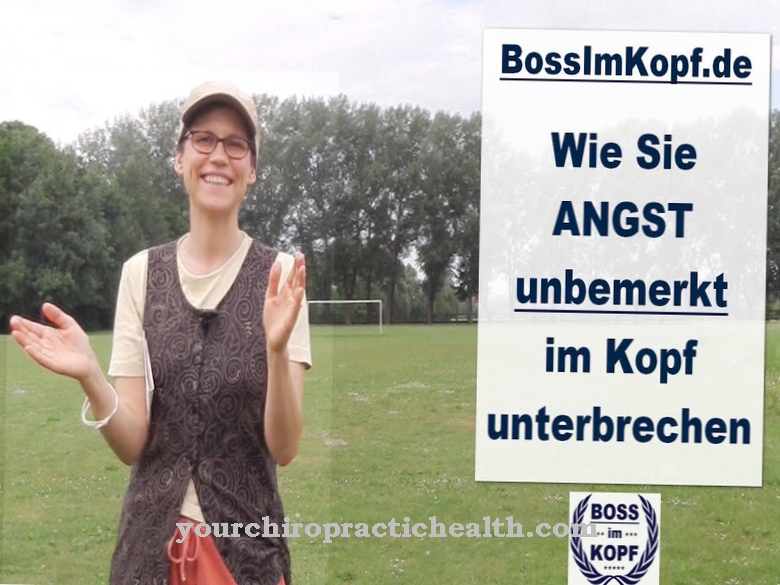


.jpg)





.jpg)
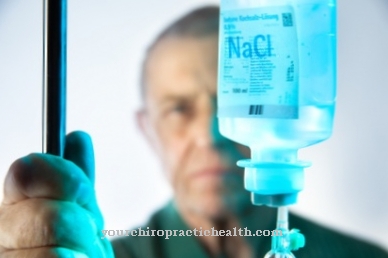

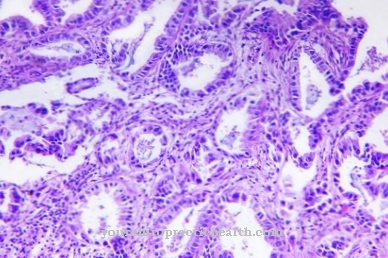



.jpg)
